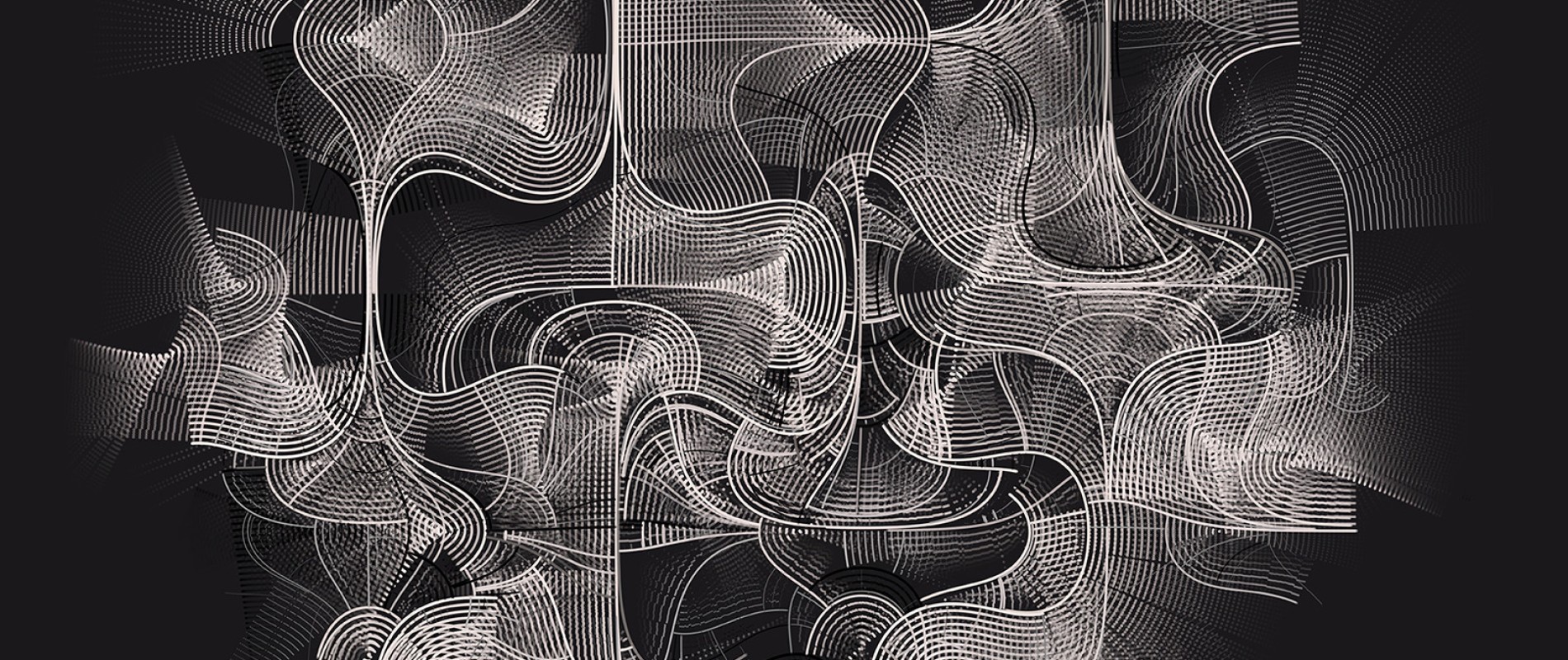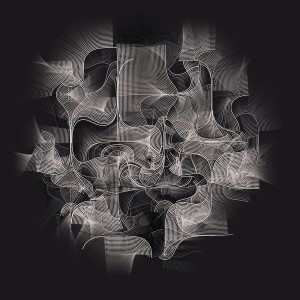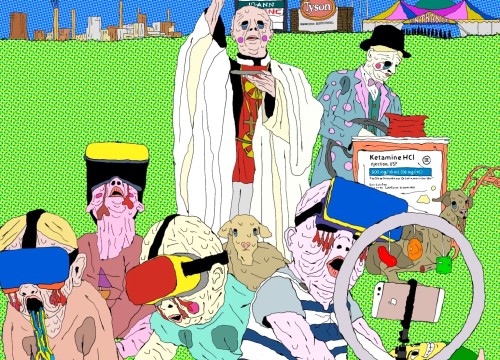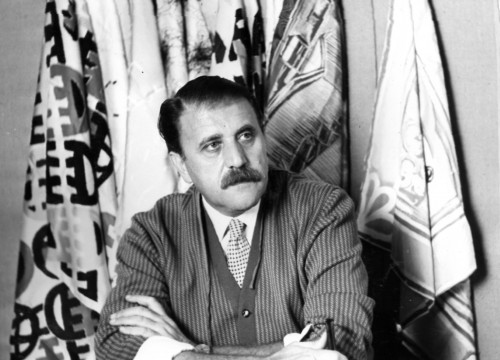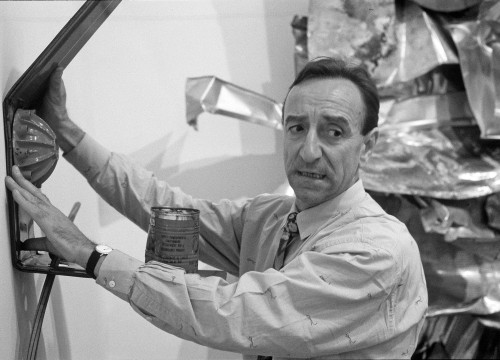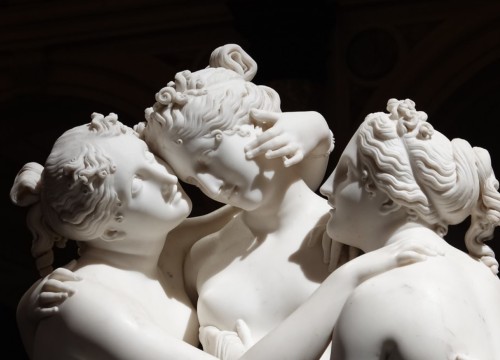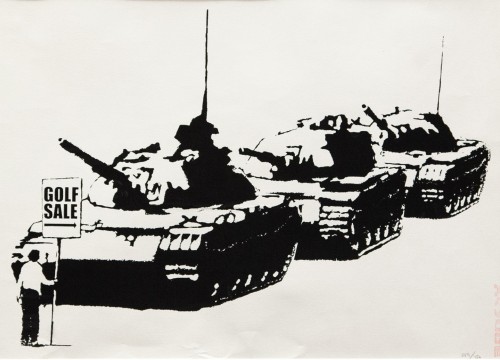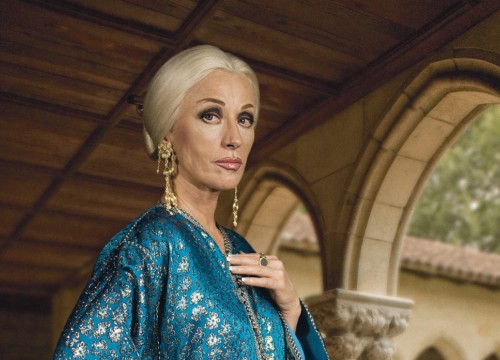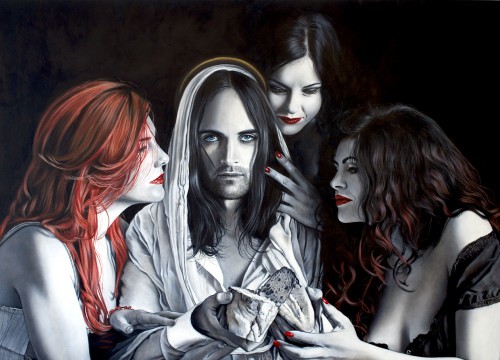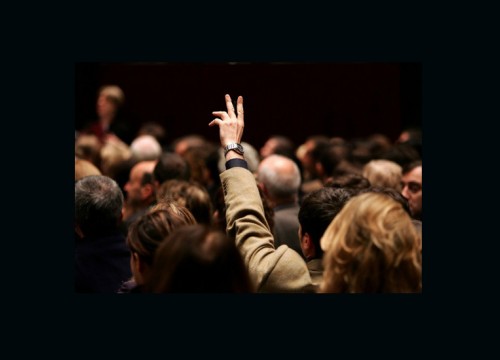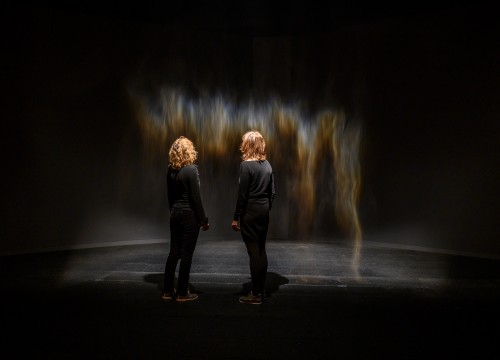How to navigate virtual galleries, metaverse and the market
We often hear about NFTs (Non-Fungible Tokens), a technology that has made possible the explosive expansion of digital art in the last 3 years, but almost never consider the huge revolution of decentralization that blockchain technology has introduced to the art world. Without going into too much detail we can state that the internet in recent times has had its own small but substantial evolution by moving from web2 to web3, that is, a system in which users become owners of their own data and content and, as such, can profit from it. We are talking about any kind of content, audio, video, text, and ultimately, of course, art content. But what does decentralised art mean? With NFTs, artists can create virtual art and store it in their wallet, which is a portion of the blockchain exclusively owned by them and offer it directly to an audience of users and buyers through a series of platforms, social media, virtual galleries, metaverses and marketplaces, so that direct interactions can be achieved without any intermediaries. In fact, one speaks in these cases of disintermediation of the communication process, the result being that artists, or more generally users, are not accountable to anyone with regard to the production and management of their content and cannot be conditioned or subjected to any kind of censorship.
A new world, a completely different universe, where the artist engages in a direct and ongoing relationship with his or her audience, which today we would more properly call a community; and it is precisely the community that is the beating heart of the communicative and often artistic activity of today’s creative producers. Every day, in fact, the “decentralised” artist dialogues with it, engaging on central issues such as the development of new creative paths, commercial policies, pricing strategies, and participation in events and exhibitions. It should be added that very often the artist offers his followers preview access to the possibility of purchasing new creations or, even, to have some of them free in cases of special promotions. It is an assiduous and deep communication that takes place between the artist and his community, and in a dialectically fruitful relationship, the art project grows in quality and visibility. If we add, then, that another fundamental characteristic of NFT art exchanged on the blockchain is transparency, we can imagine this new decentralised art marketplace as a continuous flow of information where artists, curiosity seekers, and collectors continuously absorb information and content relevant to their interests. The experience and benefit of decentralization, then, not only regards the content creators, but also the users themselves. Today, NFTs of static or animated digital artwork, music and even text can be purchased via web3 and blockchain; unique or limited editions go directly from the creator’s wallet to the buyer’s. But there is more: this system allows for a new way of distributing royalties related to sales of works in a market that is absolutely fair and totally transparent. When a work is created, in fact, the artist can decide whether there will be royalties to be paid and to whom, whether they will go to him alone or, for example, whether they will be divided among different entities, including perhaps some charitable foundation, this in regard to all future sales. An important issue, especially now that the entities in charge of this function are totally centralized and have a behavior that is often poorly understood, the magazine in which this article is published is very familiar with this issue. In the final analysis, today’s decentralized view of the creative and commercial landscape of the art world is, in my view, a huge upgrade in many respects and a just correction to old flaws and malpractices in the traditional art world; an ethically more evolved, technologically more advanced, more stimulating and fast-paced system that fosters the spontaneous growth of artistic phenomena that arise from below, with artists not having to learn how to sell themselves as vernissage puppets, curators starting to actually produce quality content instead of getting lost in a web of relationships, collectors free to give expression to their own taste by diving into the continuous abundant uninterrupted creative flow of the net. It is a world that has its own limitations, of course, but it also has great merits: for example, that of sustainability, and in a planet that is begging on its knees for us to stop, perhaps it should be considered a key factor.

